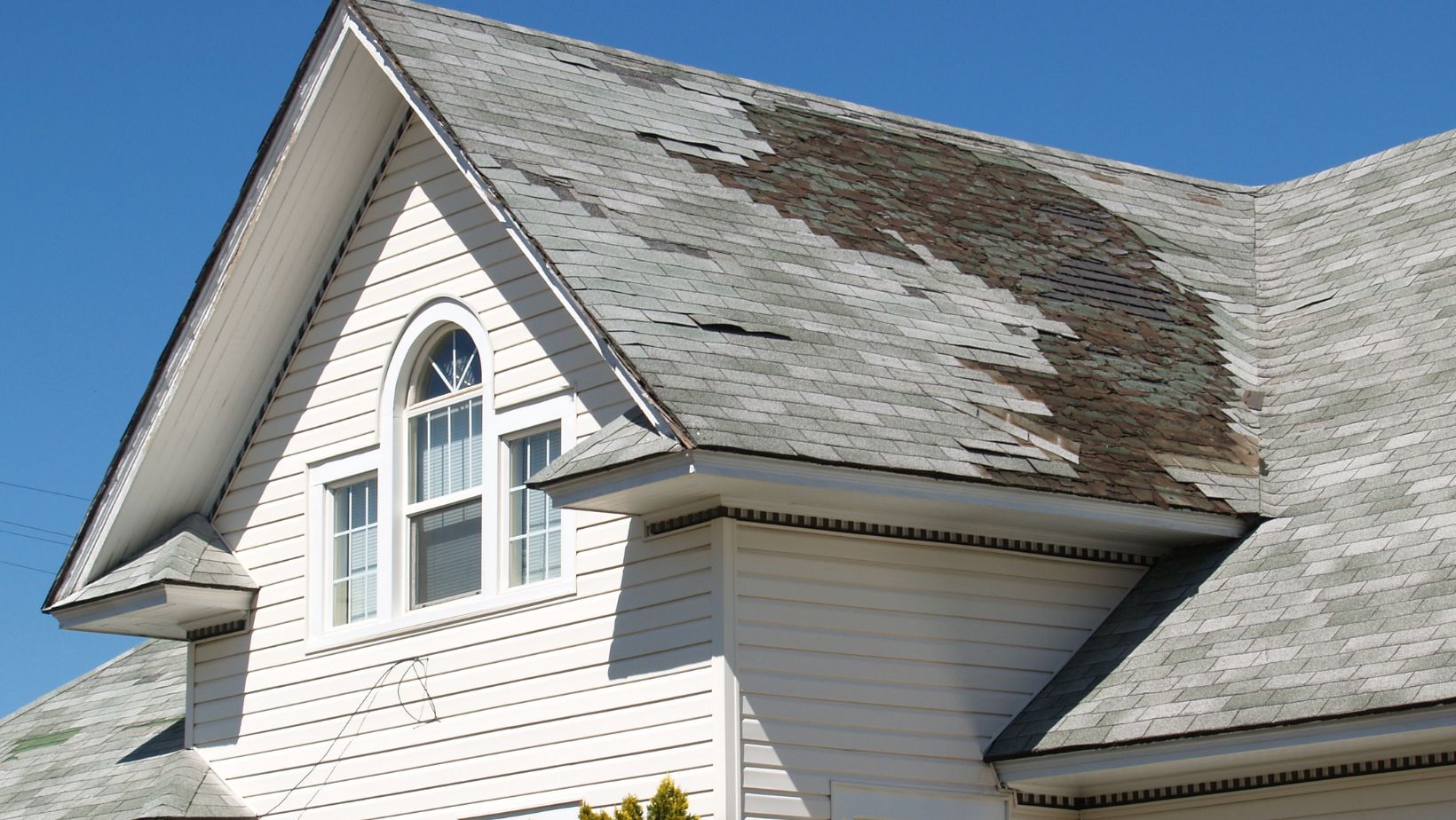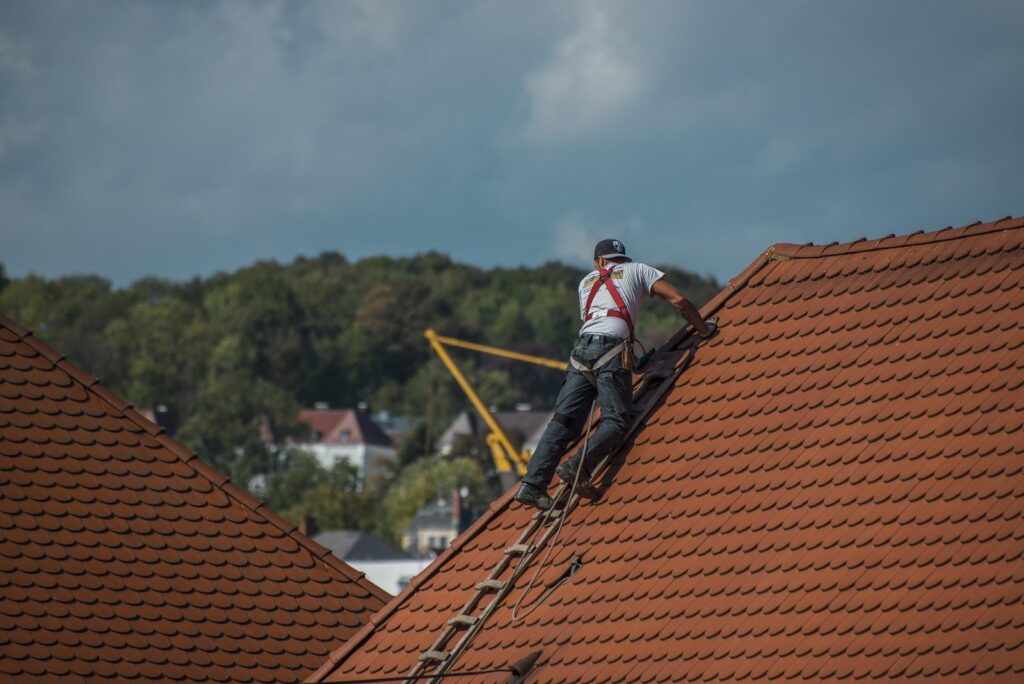Your home’s roof is one of its most critical components, acting as the first line of defense against the elements. Many homeowners often overlook roof maintenance until problems become unavoidable—and costly.
Whether you’re dealing with leaks, missing shingles, or general wear and tear, addressing roof issues promptly can save you significant time, money, and headaches in the long run. Below, we’ve compiled 6 essential tips to help you tackle common roof problems and keep your home safe, dry, and secure. Read on!
Hire a Professional Contractor
When it comes to maintaining or repairing your roof, hiring a professional contractor is paramount. Experienced roofing contractors bring the necessary skills, expertise, and equipment to handle various roofing issues efficiently and safely. They can provide thorough inspections to identify hidden problems that might not be visible to the untrained eye. Not to mention, professional contractors are well-versed in using high-quality materials that ensure long-lasting repairs or replacements. By entrusting your roof to the experts, you can avoid the pitfalls of DIY solutions and ensure your home’s protection against all weather conditions. Always prioritize finding a reputable contractor with strong references and proper licensing.
Regular Inspections
Regular roof inspections are a key part of maintaining your home’s integrity. Schedule at least two inspections per year—once in the spring and once in the fall—to catch potential issues early. Look for signs of wear and damage, such as cracked or curling shingles, rusted flashing, and buildup of debris.
Pay particular attention to areas around chimneys, vents, and skylights, as these zones are more prone to leaks. If you notice anything unusual, address it immediately, either by fixing it yourself if it’s minor or calling a professional for more significant concerns. Regular inspections can prevent small problems from becoming major repairs.
Clean Gutters
Gutters are designed to direct rainwater away from your home, but when they become clogged with leaves, twigs, and other debris, they can’t perform this crucial function. Overflowing gutters can lead to water pooling on your roof, which increases the risk of leaks and structural damage.
Neglecting gutter maintenance can cause the formation of ice dams in winter, exacerbating roof issues. Make it a habit to clean your gutters at least twice a year, and consider installing gutter guards to minimize debris buildup.
Address Leaks Immediately
Roof leaks, no matter how small, should be addressed as soon as they’re discovered. Ignoring leaks can cause extensive water damage, mold growth, and even structural issues within your home. The moment you notice a leak, try to locate its source: check the attic for water stains and trails, or use a hose to mimic rain and see where the water enters your home.

Once identified, apply a temporary fix to prevent further damage, and then schedule a professional repair as soon as possible. Prompt action can prevent minor leaks from escalating into costly repairs or replacements, safeguarding your home’s interior and maintaining its structural integrity. Keep an eye out for telltale signs like discolored ceilings or damp walls.
Trim Overhanging Branches
Overhanging branches can pose a significant threat to your roof’s health. During storms or windy conditions, branches can break and fall onto your roof, causing damage to shingles, gutters, and even the roof structure itself.
They can even harbor pests and promote the growth of moss and algae, which can deteriorate your roof over time. Regularly inspect trees near your home and trim back any branches that overhang the roof. Ideally, maintain a safe distance of at least ten feet between tree limbs and your roof. You can also hire a professional tree trimming service to ensure proper pruning techniques and prevent accidents.
Ensure Proper Ventilation
Without adequate ventilation, heat, and moisture can become trapped and lead to a host of problems such as mold growth, wood rot, and increased energy costs due to excessive use of air conditioning or heating. And finding a good company to do your wood rot repair can be quite difficult. Make sure that your roof has a balanced ventilation system, which typically includes a combination of intake vents (located in the soffits) and exhaust vents (such as ridge or attic fans).
Check that vents are clear of obstructions, and consider consulting a professional to evaluate your ventilation needs. Sometimes, inadequate ventilation can be a result of poor attic insulation, so make sure to address any potential issues in this area as well.

By following these essential tips, you can proactively maintain your roof and prevent common problems from developing into major issues. Remember to hire a reputable contractor, schedule regular inspections, clean gutters regularly, address leaks promptly, trim overhanging branches, and ensure proper ventilation. Taking care of your roof now will save you time, money, and stress in the long run while preserving the integrity of your home. So don’t wait until it’s too late—start protecting your roof today!



